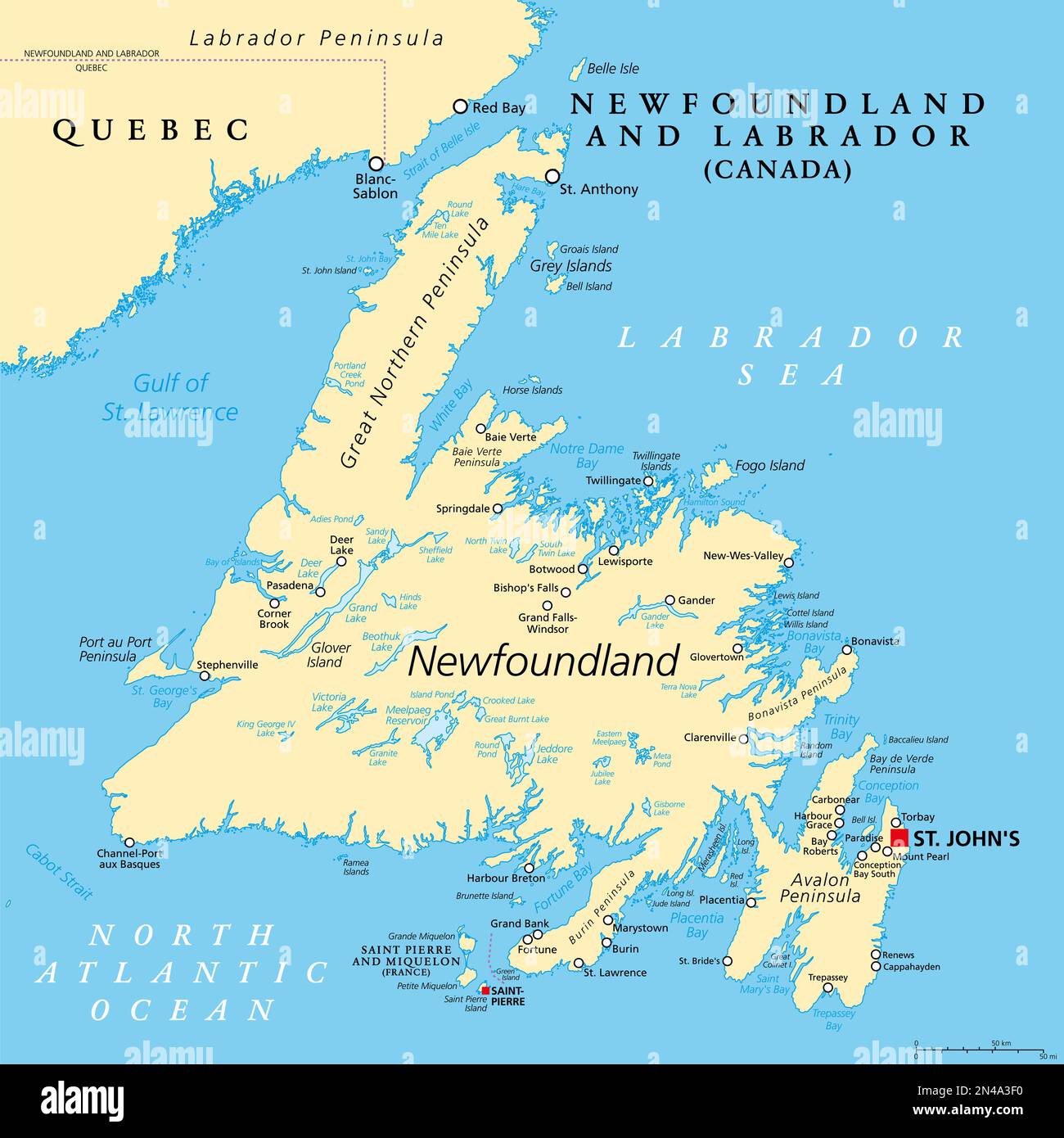Chemist Identifies Mystery 'Blobs' Washing Up in Newfoundland
 The blobs were photographed on the southern shores of Newfoundland in September by a local resident. (Photo: David McGrath)
The blobs were photographed on the southern shores of Newfoundland in September by a local resident. (Photo: David McGrath)
A chemist in Canada has identified “with a high degree of confidence” the strange blobs that started washing up on Newfoundland’s shores months ago. Globs of the white sticky substance, which have a spongy interior and range in size from a coin to a dinner plate, have been found for miles along Placentia Bay since at least September. Canada’s environmental agency began an investigation, but it has not released any conclusions.

Dr. Chris Kozak informs:
“I’m quite confident that the sample that I handled was PVA butylene rubber,” describing a mix of synthetic rubber and polyvinyl acetate, known as PVA. That polymer is the active ingredient in white glue — the kind of white glue you have at home is a very dilute, kid-friendly version of this stuff.”
A synthetic rubber and PVA mixture would in theory be safe to handle, but as plastic pollution it should be cleaned up. If the material has been tainted by a toxic pollutant like crude oil, however, it should be handled with caution. The greater threat may be toward marine life, especially if more of the material sank to the ocean floor.
“It could be perceived by marine life as food, looking like squid, octopus, jellyfish,” Dr. Kozak said.
The origin of the substance, and how it wound up in the ocean, remains a mystery. The bay has a long history as a center for both fishing and industry, and is home to a shipyard and oil facilities. But the substance may also have crossed vast distances before washing ashore.
Oceanography, shipping and industrial data, weather events, satellite images, and research on synthetic rubber and the environment could all help determine the origin.
Source:
https://www.nytimes.com/2024/11/14/world/canada/blobs-canada-newfoundland.html

